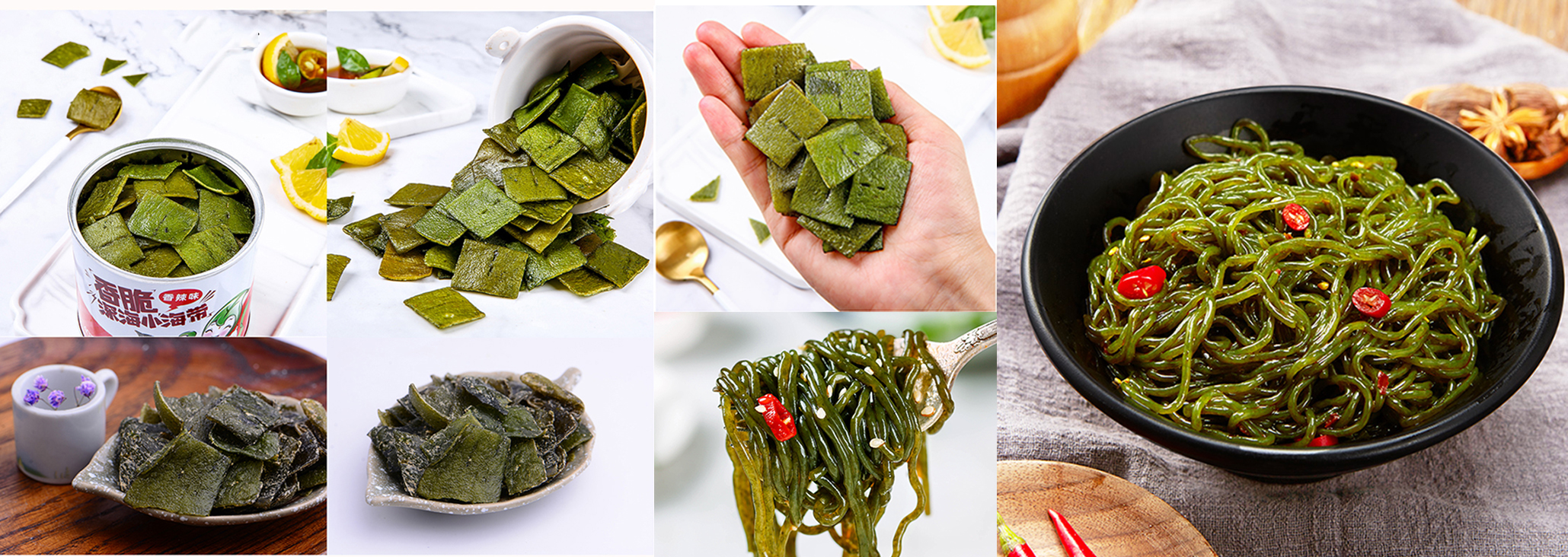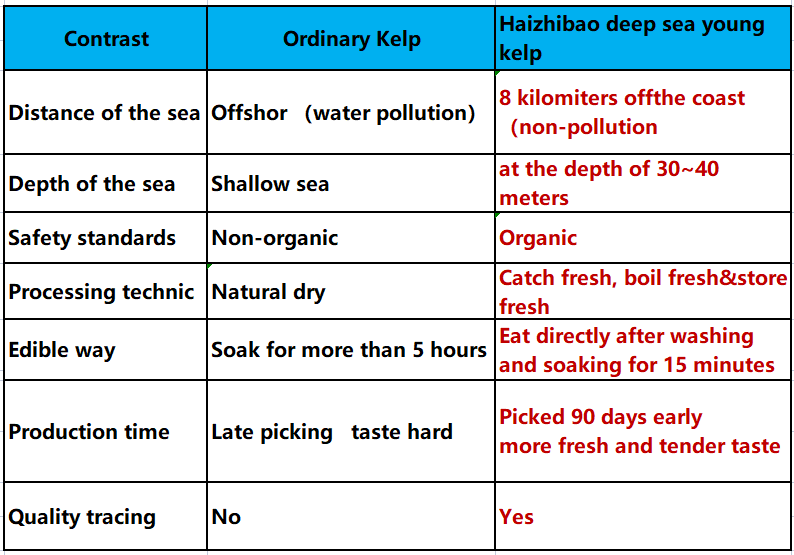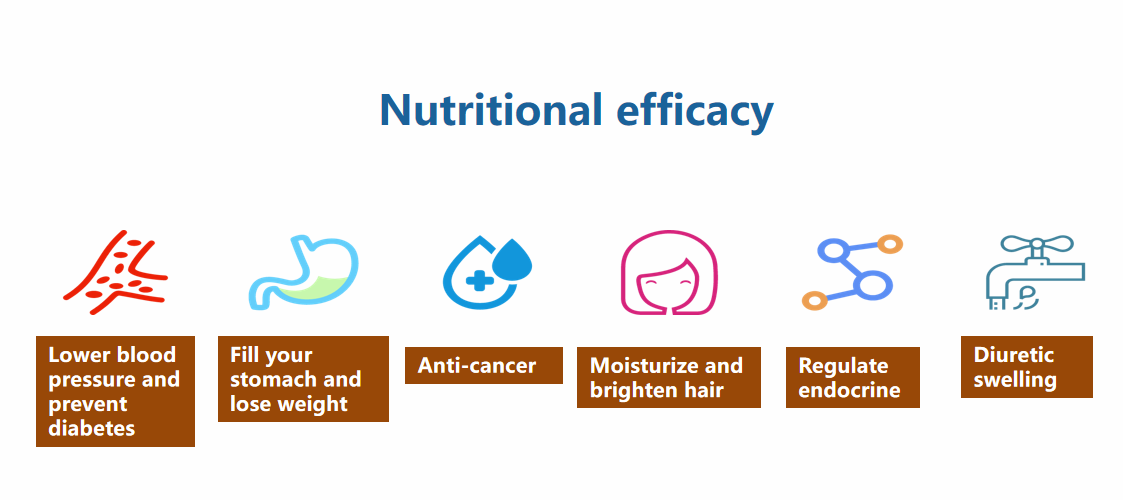With the warming of climate, wheat gradually enters the stage of returning green, getting up and jointing. This stage is an important period for wheat to grow weak and turn strong and grow steadily, and it is also a critical stage for the prevention and control of wheat pests and diseases. In view of the occurrence characteristics and problems of this year's wheat pests and weeds, a reporter interviewed Professor Wang Baotong of the College of Plant Protection of Northwest Agriculture and Forestry University. With regard to how to do a good job in prevention and control of spring wheat diseases, weeds and weeds, and ensure the high yield of wheat, Professor Wang provided farmers with some methods. Spring wheat field weed control. In the absence of winterization and serious field crops in field weeds, we should take precautions during spring. As the spring wheat turns green, the time for the appropriate removal is relatively tight, and the temperature is unstable. The improper use of herbicides is prone to phytotoxicity. Therefore, the following points must be noted when using drugs: 1 The spraying time must be controlled before the wheat turns green and before the jointing. The daily average temperature is stable at more than 10 degrees. After the jointing of wheat, no chemical herbicide can be used to prevent the occurrence of injury. 2 Before the application, pay attention to the change of the weather. If there is a strong temperature drop within 2 to 4 days before the application, it is not appropriate to use drugs. 3 Strictly control the amount of drugs used, can not arbitrarily increase or decrease, for some new herbicide species, must not blindly use. 4 It should be even and thoughtful when spraying, so as not to spray or re-spray. 5 Select the correct herbicide type based on the type of weeds in the field. Spring Diseases and Pests Field Control The return of green wheat to the jointing stage is the time when the pests and diseases of wheat begin to occur and harm, and it is also a critical period for the control of pests and diseases. Therefore, we must do a good job in forecasting and forecasting. Determine the best period of prevention and control according to the occurrence of pests and diseases in the field. Select pesticides, and adopt the system of prevention against gas-borne diseases such as wheat stripe rust, powdery mildew, aphids, and migratory pests. rule. For local diseases such as full-blown wheat diseases and cyst nematodes, measures should be taken to control the spread and to prevent man-made and harvesting equipment from spreading to non-epidemic areas and slowing the spread. 1 wheat rust, powdery mildew, leaf blight: These epidemic diseases must pay attention to regular survey observations. Before wheat heading, the rate of wheat powdery mildew was 15% or the diseased leaf rate was 5%, the wheat leaf rust diseased leaf rate was 0.5-1%, the wheat leaf rust diseased leaf rate was 5%, and the wheat leaf blight diseased leaf rate was 1%. As long as any of the above-mentioned diseases meet the prevention and control targets, they should be treated immediately. 2 Wheat sheath blight: The period of reversal green jointing is the peak period of occurrence and development of wheat sheath blight. In the middle and early March, when the disease rate in the field reaches 10%, it should be prevented and treated as soon as possible. 3 wheat midge: Before April 20, the toxic soil was used to control the flood season. In the flood season, the effect of controlling wheat midge is best. It can directly kill some larvae and larvae that rise to the soil and can also suppress adult worms. 4 Mai Scarlet Spiders: When the size of a single line in the city is 200 lines, it is sprayed with 1.8% of insects per gram, 8 to 10 milliliters of water plus 50 kilograms of spray, or 15% of brooms, and net emulsion of 2000 to 3000 times of spray. 5 Wheat bran: The base number of locust infestation is reduced during the jointing stage of wheat. There are more than 500 locusts per 100 planted wheat, or when there is a planting rate of more than 25%, 25% of mu is used for 50 ml of 25% of imidacloprid and 2500 times of imidacloprid. Liquid or 25% anti-influx 3000 times spray control.
Instant Kelp Series
The fast pace of life needs the adjustment of delicious taste. "Hai Zhi Bao" instant Kelp Crisps is the best choice undoubtedly. It is convenient to eat, healthy ,delicious and crispy like ships.It`s the best snacks when travel,hold parties and other good moments
The benefits of kelp include lowering blood pressure, preventing diabetes, anti-cancer properties, bone health, improved constipation, recovery from fatigue, healthy hair, dry skin and aid in weight loss
The difference between deep sea kelp and traditional ordinary kelp
Nutrational Effects
Instant Kelp Series,Dried Kelp Food,Alga Kelp,Vegan Seaweed Shandong Haizhibao Ocean Science and Technology Co.,Ltd. , https://www.haizhibaoseafood.com




Spring Wheat Disease, Pest and Weed Control Is the Key